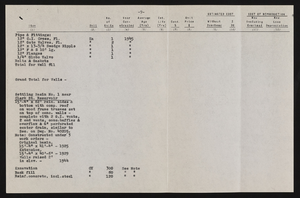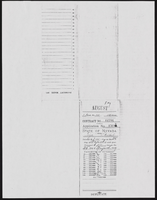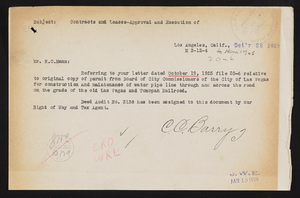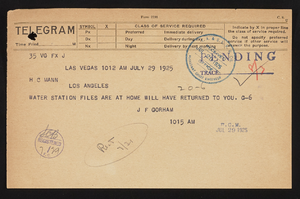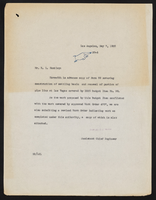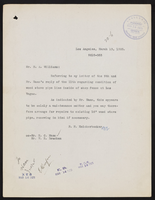Search the Special Collections and Archives Portal
Search Results

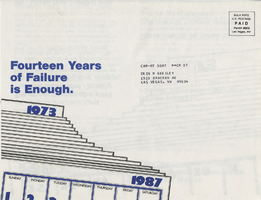
Ron Lurie campaign materials and resume, item 11
Description
Oversized pamphlet against Ron Lurie "Fourteen years of failure is enough"
Pagination
Refine my results
Content Type
Creator or Contributor
Subject
Archival Collection
Digital Project
Resource Type
Year
Material Type
Place
Language
Records Classification

